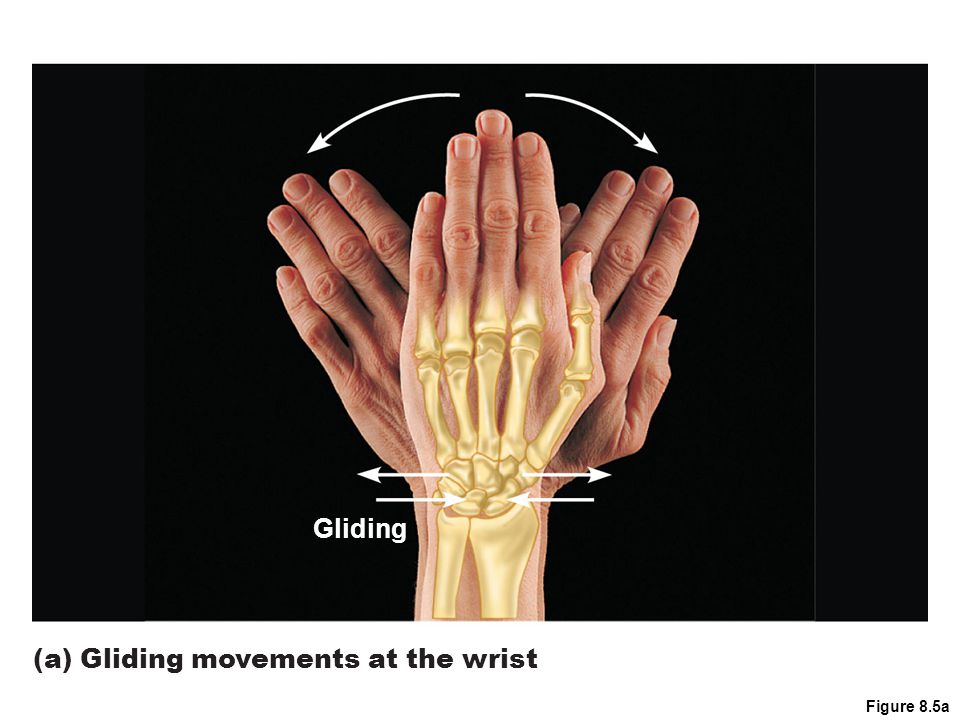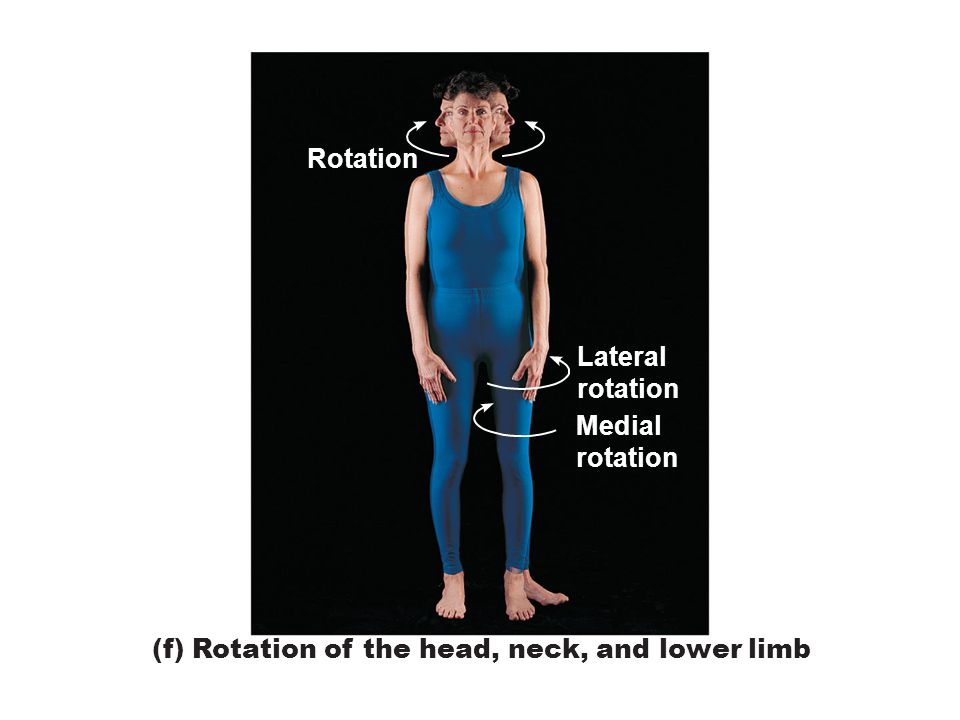Instructions for Side by Side Printing
- Print the notecards
- Fold each page in half along the solid vertical line
- Cut out the notecards by cutting along each horizontal dotted line
- Optional: Glue, tape or staple the ends of each notecard together
Anatomy Final compilation
front 1 What are all the different types of synovial joints | back 1
|
front 2  Plane Joint | back 2 bones with articulating surfaces that are flat or slightly curved,
allowing for limited movement; pivot joints consist of the rounded end
of one bone fitting into a ring formed by the other bone to allow
rotational movement. Non axial movement |
front 3  Hinge joint | back 3 act like the hinge of a door; the slightly-rounded end of one bone
fits into the slightly-hollow end of the other bone; one bone remains
stationary. uni axial movement |
front 4 1360641304119.jpg) Pivot joints | back 4 rounded end of one bone fitting into a ring formed by the other bone.
This structure allows rotational movement, as the rounded bone moves
around its own axis. uni axial movement |
front 5  Condylar Joint | back 5 an oval-shaped end of one bone fitting into a similarly oval-shaped
hollow of another bone.allows angular movement along two axes. Bi
axial movement |
front 6  Saddle joint | back 6 Each bone in a saddle joint resembles a saddle, with concave and convex portions that fit together. Saddle joints allow angular movements similar to condyloid joints, but with a greater range of motion. Bi-axial movement example: the thumb joint, which can move back and forth and up and down; it can move more freely than the wrist or fingers . |
front 7  Ball and socket joint | back 7 Ball-and-socket joints possess a rounded, ball-like end of one bone fitting into a cup-like socket of another bone. This organization allows the greatest range of motion, as all movement types are possible in all directions. Examples of ball-and-socket joints are the shoulder and hip joints . |
front 8 Flexion, extension and hypertension | back 8  flexion- a bending movement that decreases the angle of the joint and brings the articulation bones closer together Extension- the reverse of flexion. increases the angle between the articulating joints & typically straightens the a flexed limb hyperextension- continuing such movement beyond the anatomical position |
front 9 Gliding | back 9  Occurs when one flat, or nearly flat bone surface glides or slips over another. Occurs in wrist |
front 10 Rotation | back 10  The turning of a bone around its own long axis. Rotation may be directed toward or away from midline. |
front 11 Abduction and Adduction | back 11  Abduction: Movement of a limb away from the midline or median plane of the body Ex: raising arm or thigh Adduction: Opposite of Abduction. Movement of a limb towards the midline or body |
front 12 Circumduction | back 12  The moving of a limb so that it does a cone in space. The distal end of a limb moves in a circle, while the point of the cone is more or less stationary |
front 13 Pronation and supination | back 13  Refers to the movement of radius around the ulna. Supination: Rotating the forearm laterally so that the palm faces anteriorly or superiorly Pronation: the forearm rotates medially and the palm faces posteriorly or inferiorly. The two bones form an X |
front 14 Dorsiflexion and Plantar Flexion | back 14  Dorsiflexion: Lifting the foot so that its superior surface approaches the shin Plantar Flexion: Depressing foot. (pointing toes) |
front 15 opposition | back 15  Thumb. This movement is the action taken when you touch your thumb to the tips of other fingers on the same hand |
front 16 Protraction and Retraction | back 16  Protraction: nonangular anterior movements Retraction: Nonangular posterior movements |
front 17 Elevation and Depression | back 17  Elevation: lifting a body part superiorly Depression: Moving the elevated part inferiorly |
front 18 Diffusion | back 18 no data |
front 19 Osmosis | back 19 no data |
front 20 Concept of selective permeability | back 20 no data |
front 21 Passive transport | back 21 no data |
front 22 Active transport | back 22 no data |